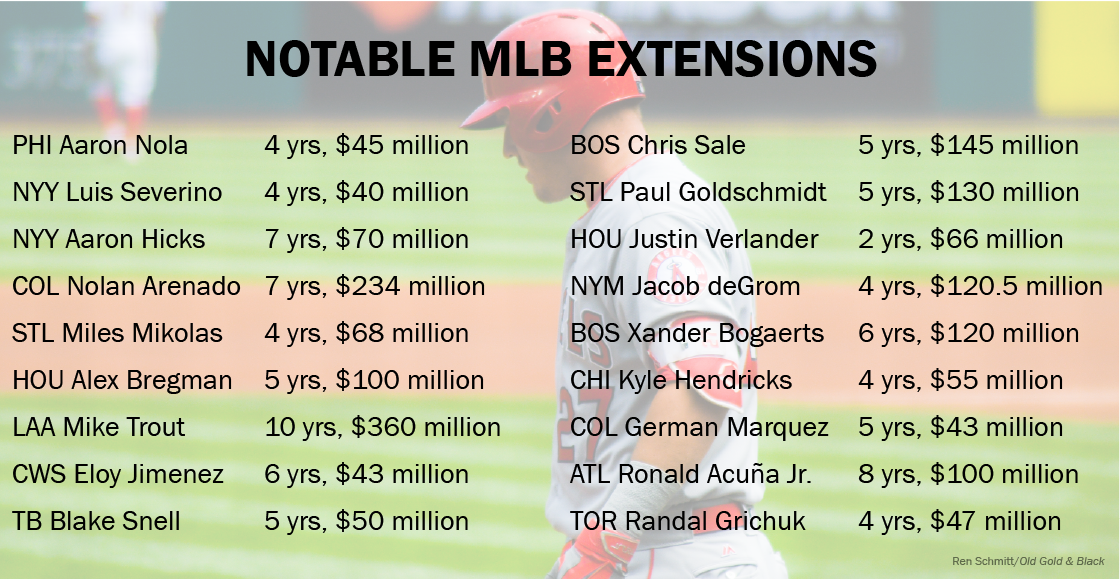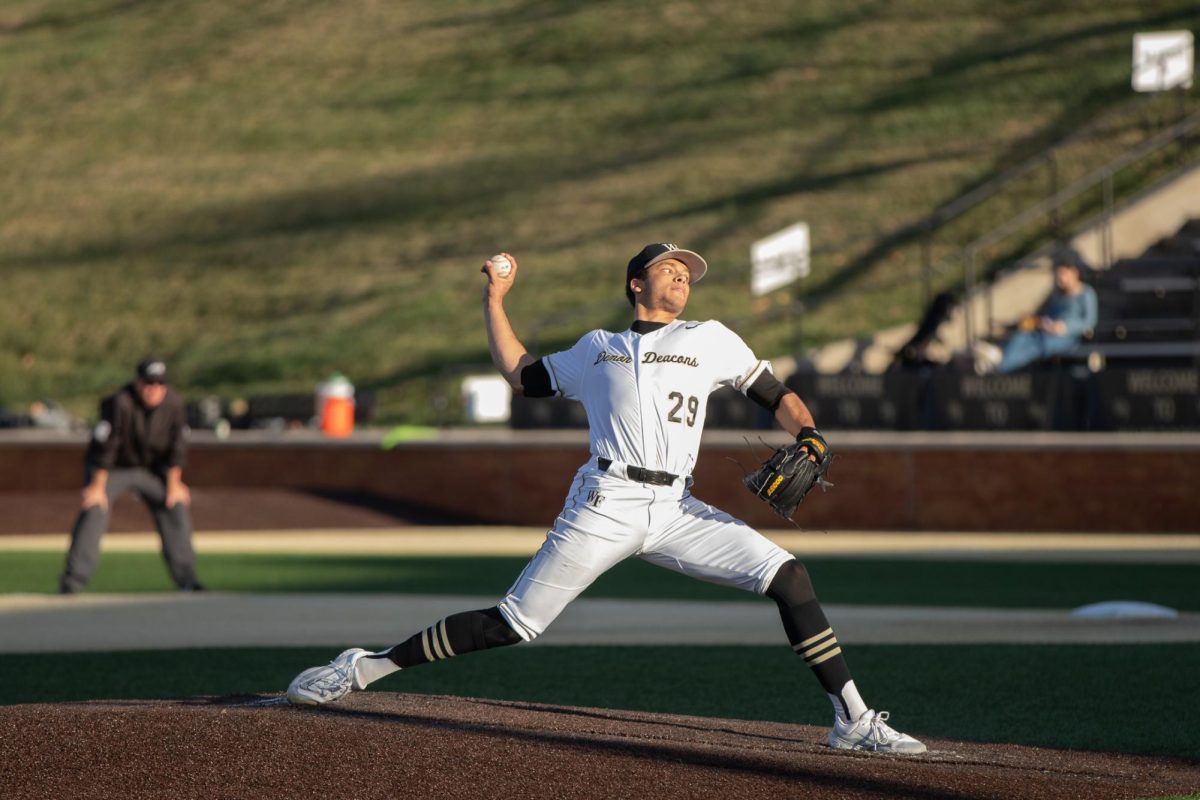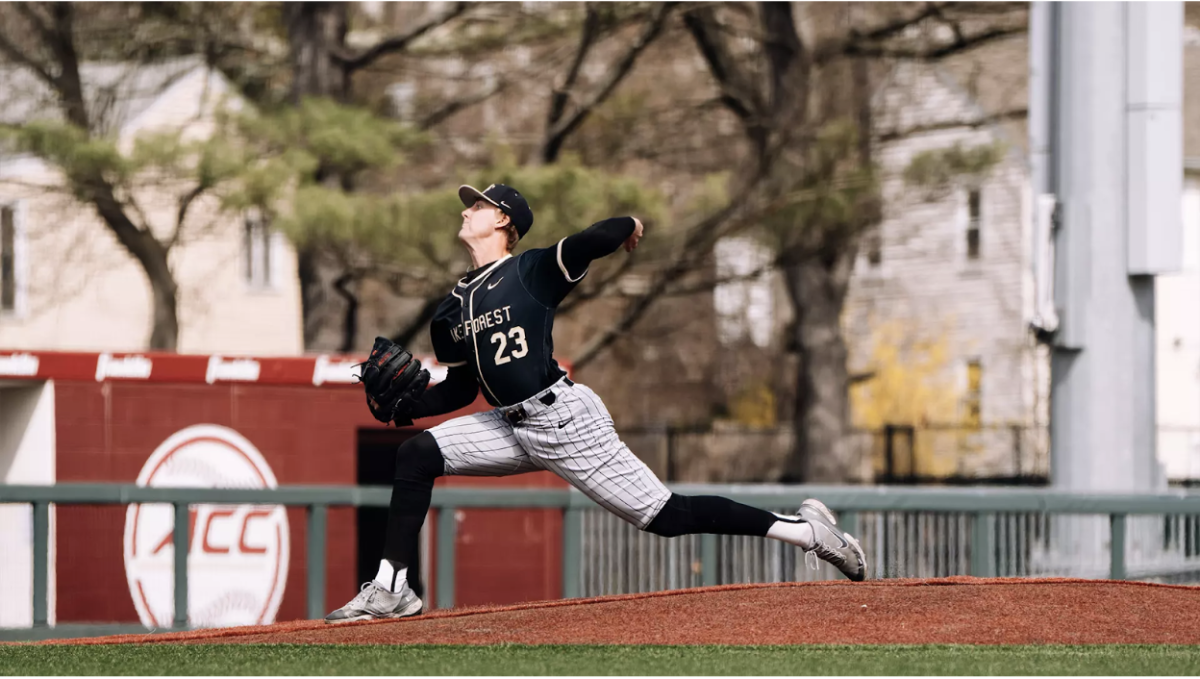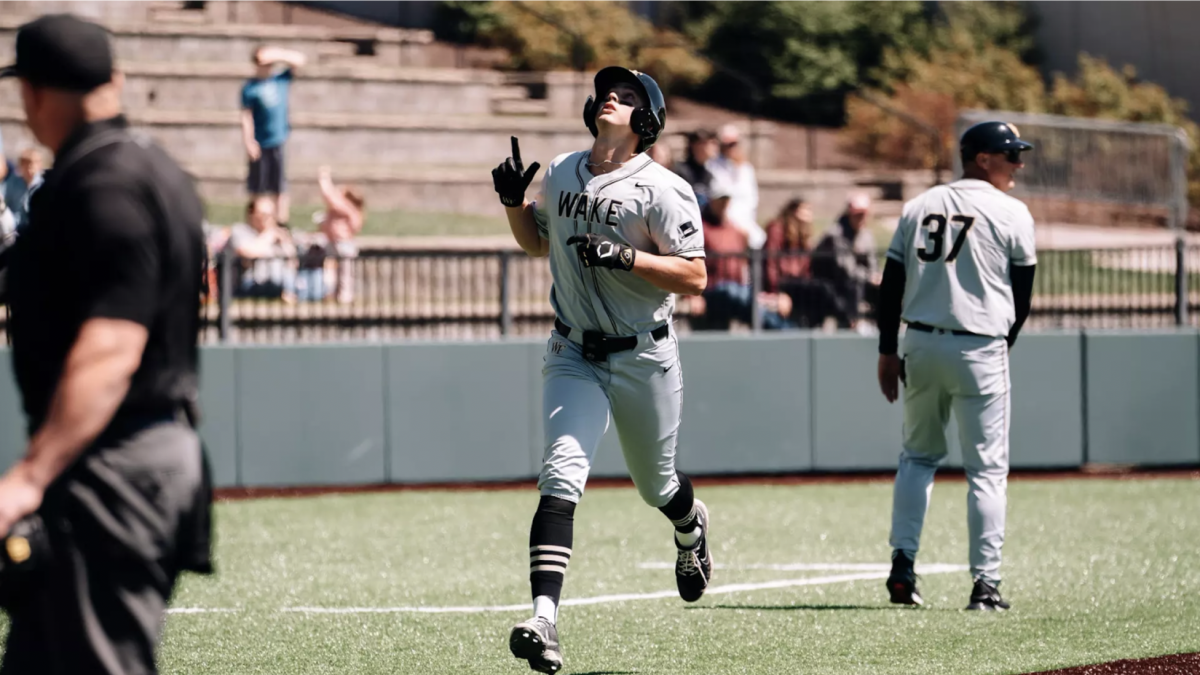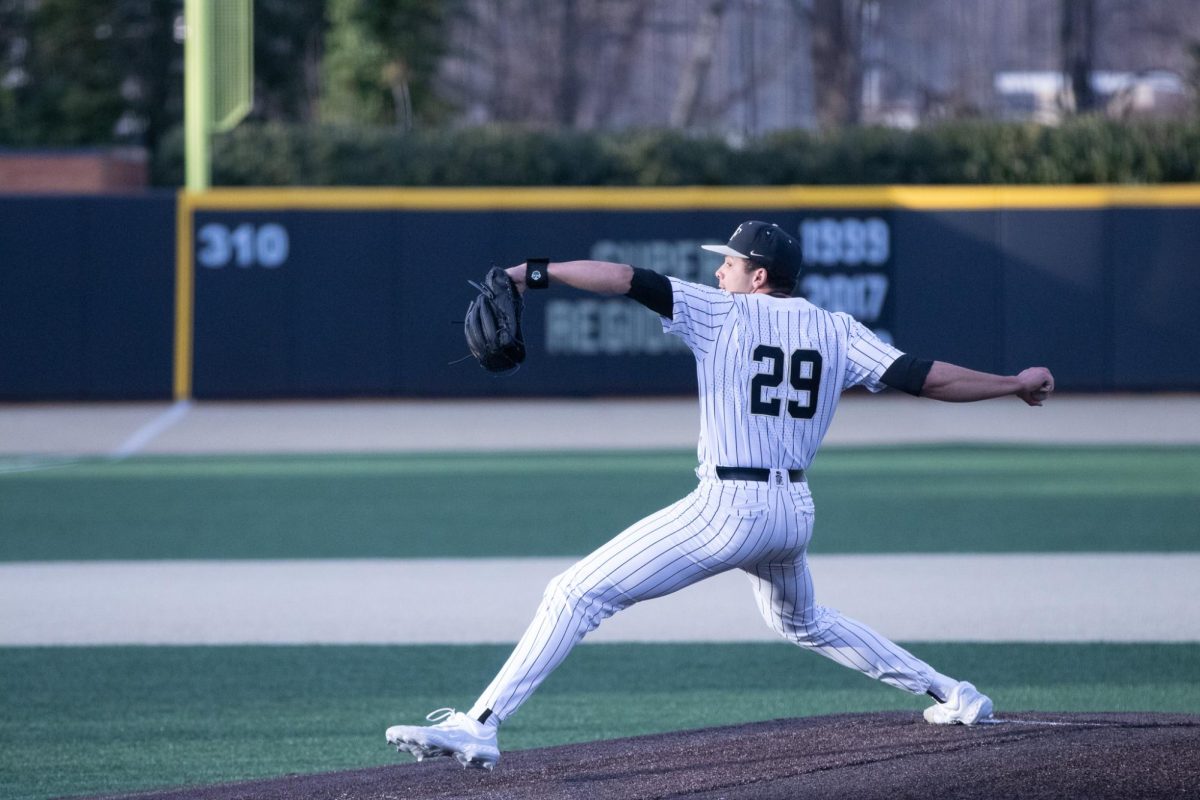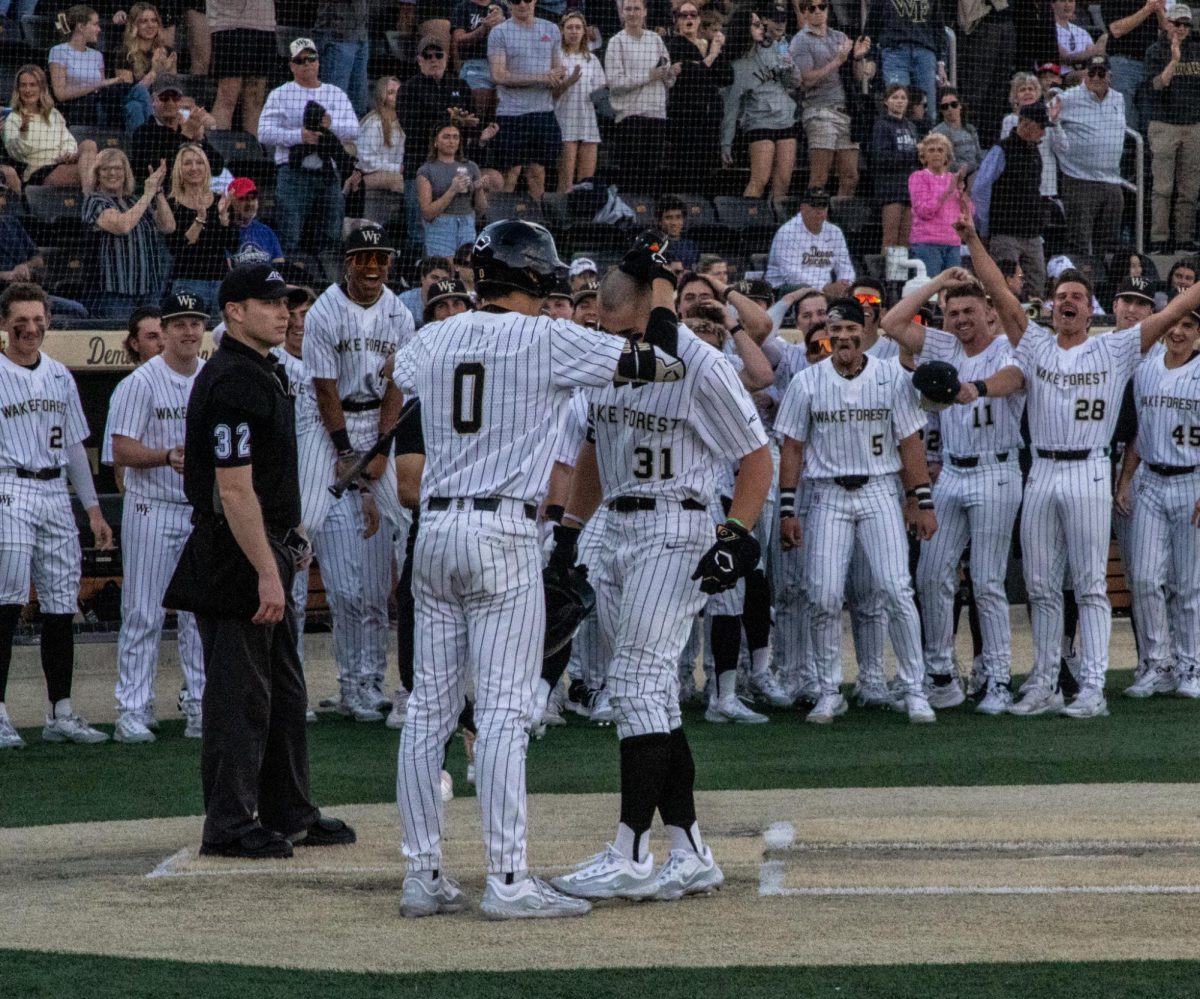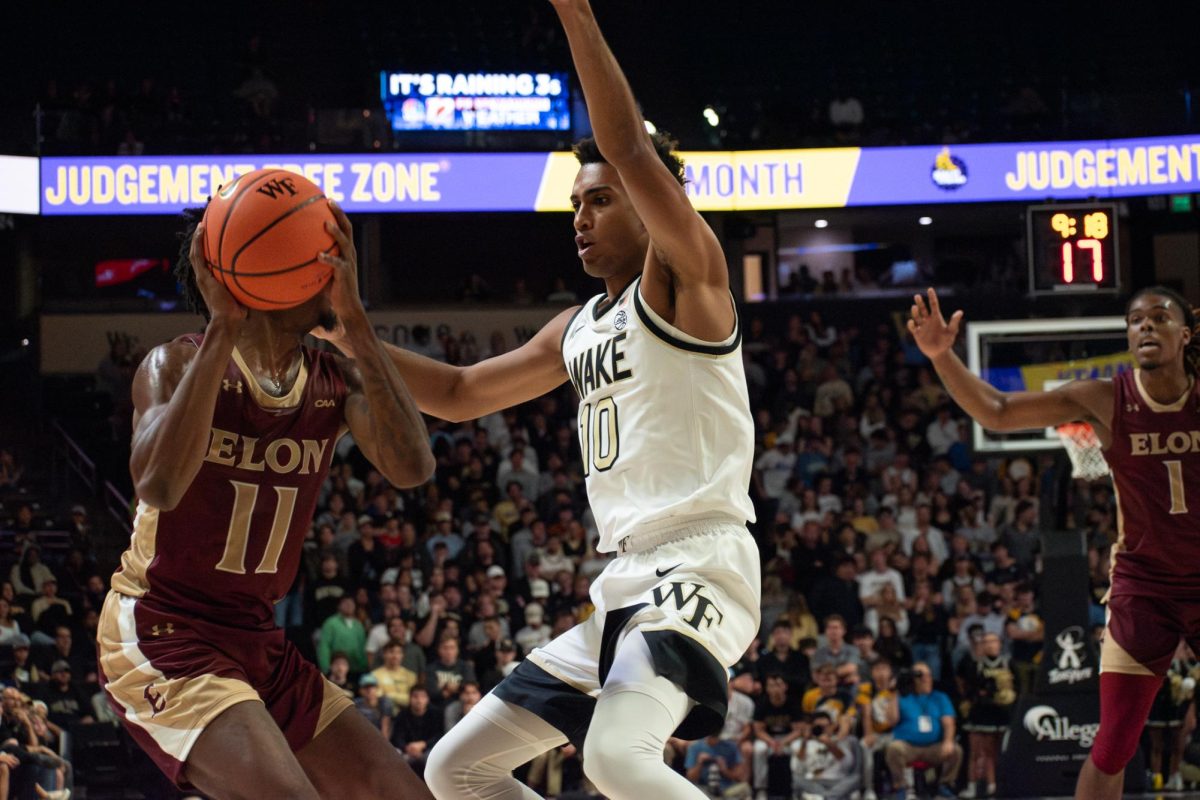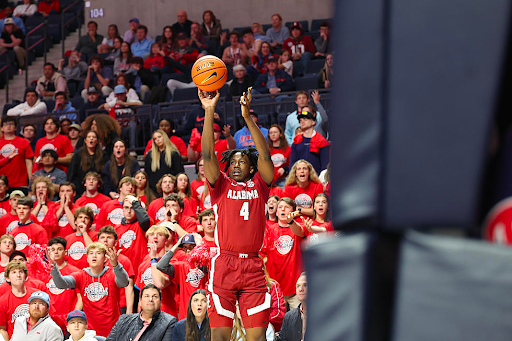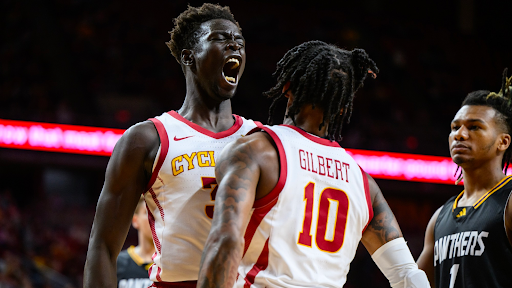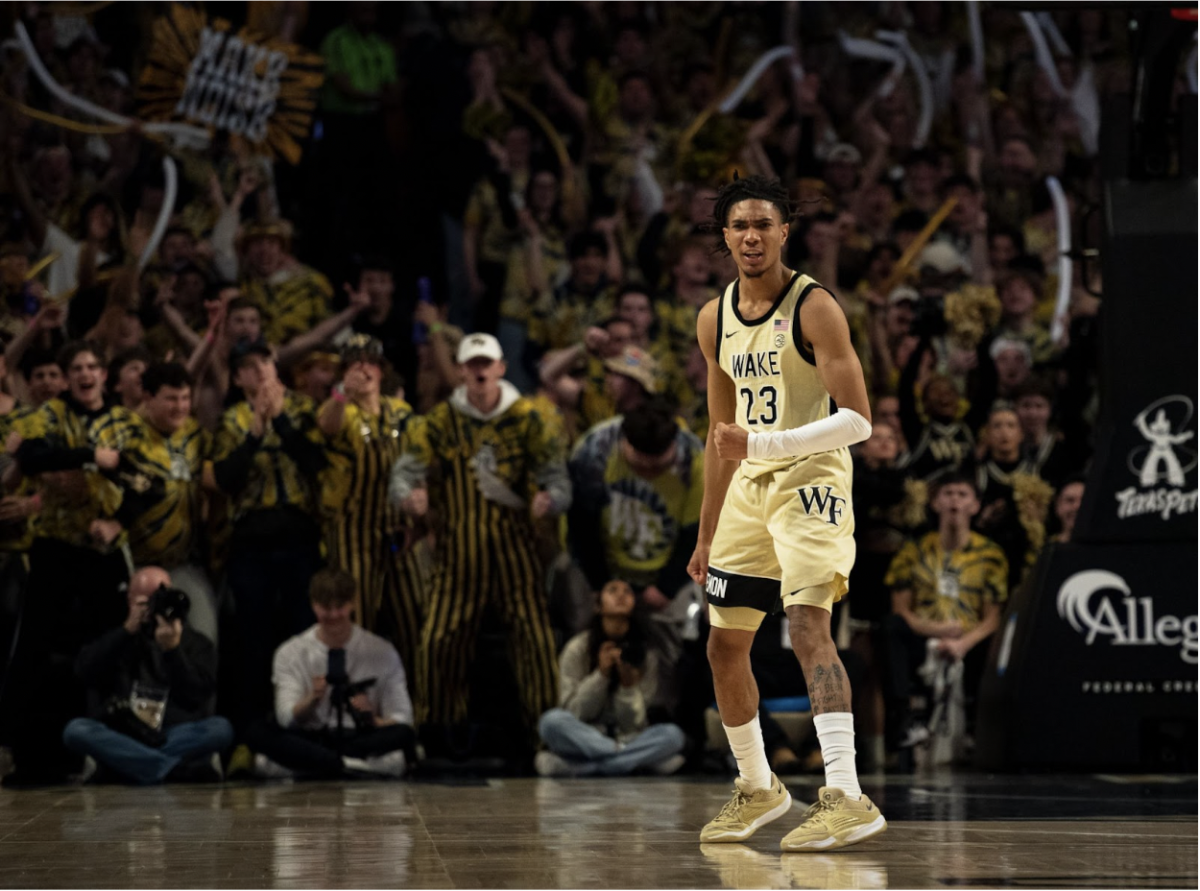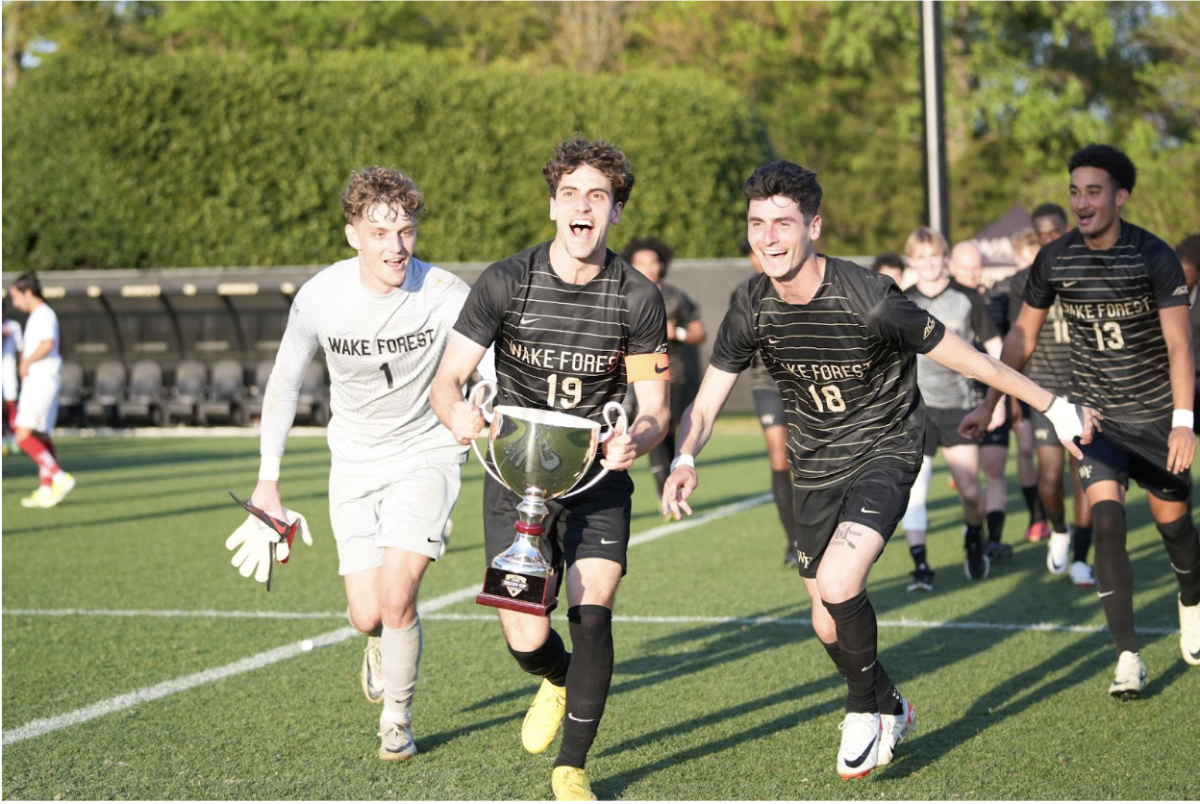After another offseason that saw veterans on the wrong side of 30 struggle to find lucrative contracts, players have demonstrated an increasing wariness of free agency. As players adjust to the new spending landscape in baseball, they have increasingly realized that their best shot at a guaranteed payday is signing an extension.
The past two months have featured countless contract extensions, some to players hitting the free agent market this winter and some to players with limited MLB service time. Rookie outfielder Eloy Jimenez, for example, received his extension with the White Sox before he had even appeared in a game in the big leagues.
Though fans and teams should be happy with these extensions, as most of these contracts seem like they will save payroll space in the long run, the trend could be troubling to some players. Though the recently-extended players all secured their financial future, the reality is that many of them left money on the table.
From the perspective of players — a perspective that will matter when the Collective Bargaining Agreement (CBA) expires in 2021 — the current system grossly advantages teams. Teams have contractual control over their players for their first six years of service time, forcing some players to hit free agency for the first time in their late twenties or early thirties. During the period of team control, players are paid the league minimum before reaching their arbitration years, during which teams negotiate a salary for their controlled players.
The market in the last two offseasons demonstrated a lack of interest in guaranteeing long-term money to aging players, regardless of their previous success. Because players are under control for six years, many spend their prime years under contracts negotiated through arbitration, a process that boosts player salaries, but falls short of paying them what they would have received as young free agents (like Bryce Harper and Manny Machado).
Thus, players find themselves in a risky predicament. They can wait through three seasons of league-minimum salary and three seasons of arbitration-negotiated salaries before testing free agency, or they can sign an extension, which guarantees them a greater short-term sum.
When weighing extensions as an option, players certainly consider their potential for injury or regression in on-the-field performance. Many players received small signing bonuses as prospects and received even smaller minor league salaries, so the promise of an immediate raise carries increased appeal. After watching players like Jose Bautista sign minor league deals after dominating the league just two years earlier, the risk of testing free agency looms larger.Sure, nearly every player would like to see a Bryce Harper-sized pay day, but when offered an eight or nine-digit contract as a young adult, turning it down feels ludicrous. Why switch teams several years down the road in free agency or risk never getting that blockbuster contract when a guarantee of $50 million or more is right in front of you?
Could 21-year-old Ronald Acuña, Jr., have eventually doubled the eight-year, $100 million extension he signed in free agency? Yes. Is he also aware of his potential for life-altering injury or reduced success? Yes.
The victims of recent free agency disasters weigh heavily on the minds of players when considering their financial future. The value of financial security cannot be understated, and even if it means losing out on some money, players seem to be saying that they would rather have a guarantee now than roll the dice later.

